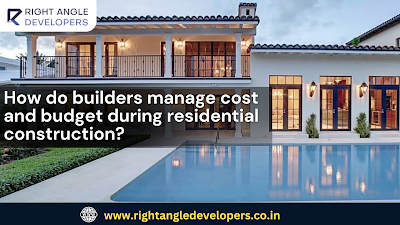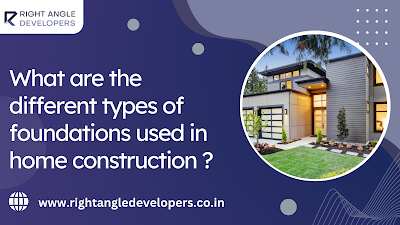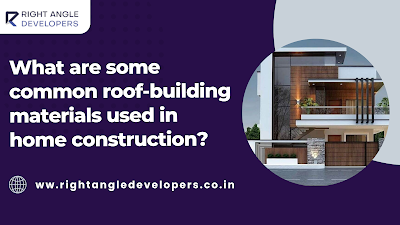How do builders manage cost and budget during residential construction?

Introduction: Management of costs and budgets is one of the most critical steps in residential construction To achieve success, builders must follow a few essential guidelines: strategic planning, transparent communication, value engineering, vendor negotiation, contingency planning, technology integration, efficient resource allocation, continuous monitoring and adjustment, quality control, and post-construction analysis. Strategic planning: Builders must engage in strategic planning before laying a brick or raising a beam. This planning begins with estimating the costs of materials, labor, permits, and any other expenses that may arise. By creating a comprehensive budget from the outset, builders set the stage for a smoother construction process. Value Engineering: Effective communication is fundamental to cost management in residential construction. To ensure that all parties involved, including clients, subcontractors, and suppliers, are on the same page regarding budgetary con





